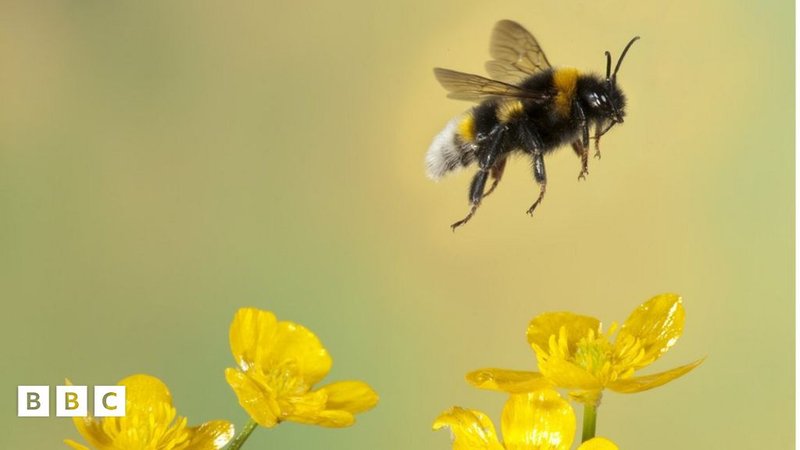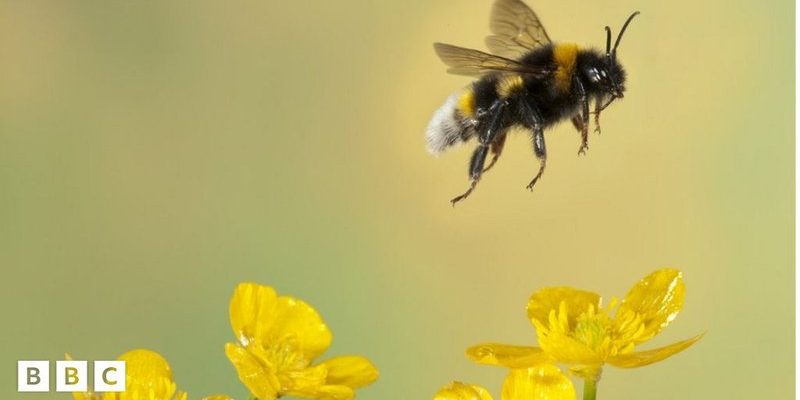
Imagine a world where the flowers that bees depend on for nectar and pollen slowly fade away. This isn’t just a hypothetical scenario; it’s a growing reality. Climate change, driven by rising temperatures and shifting weather patterns, disrupts the habitats bees rely on. By understanding how climate change impacts these little powerhouses, we can grasp how it affects our food systems and biodiversity as a whole. So, let’s break this down step by step.
How Climate Change Affects Bee Habitats
Climate change is like a ripple in a pond, creating waves that reach far beyond its origin. For bees, their habitats are directly influenced by changing temperatures and weather patterns. Many species of bees thrive in specific climates—think of them as Goldilocks, looking for the “just right” environment. When temperatures rise, it can shift the places where these bees can live comfortably.
For instance, as winters become milder, bees may emerge from hibernation earlier than usual. While it sounds great to wake up to spring sooner, this can lead to a mismatch between the bees and the flowers they depend on. If bees wake up but the flowers are still sleeping, they miss out on vital food sources. This can lead to decreased populations, as bees struggle to find enough to eat.
Not only do rising temperatures affect when bees emerge, but they can also lead to a loss of biodiversity in their habitats. As climate change alters ecosystems, some plants can’t keep up with the new conditions and may not survive. This loss of plant diversity means fewer options for bees, which depend on a variety of flowers for a balanced diet.
The Dangers of Extreme Weather Events
Extreme weather events, like heavy storms or droughts, can wreak havoc on bee populations. Just like how strong winds can uproot trees, severe weather can destroy the habitats where bees thrive. Imagine a bee colony that has spent months building up its hive and gathering food, only to be hit by a fierce storm that washes away their food sources and disrupts their home.
Drought is another significant concern. When rainfall becomes scarce, flowers that bees rely on may not bloom or produce enough nectar. This lack of food can lead to starvation for bees and can even threaten entire colonies. It’s a domino effect—when bees suffer, we all feel the repercussions, as their pollination services are vital for many crops and plants.
Additionally, bees are not just affected by their immediate environment. Changes in weather patterns can create a ripple effect that impacts migration patterns of other species, which can lead to additional challenges for bee populations. If other pollinators leave or move, bees may not find the companionship or competition they rely on for their survival.
The Impact on Bee Behavior and Lifespan
Just like we might change our daily routines based on the weather, bees also adjust their behaviors in response to climate changes. For example, bees may forage for food at different times of the day as temperatures shift. If it’s too hot, they might come out early, but this can lead to competition with other pollinators.
Interestingly, changes in climate can also affect the lifespan of bees. Warmer temperatures can lead to shorter lifespans for some species. Think about it—when bees don’t have access to enough food due to climate disruptions, they may not live long enough to reproduce, which can cause a decline in populations.
Moreover, climate stress can weaken bees’ immune systems, making them more susceptible to diseases and pests. It’s a tough world out there for bees, and climate change only adds another layer of difficulty to their survival.
How Climate Change Affects Bee Food Sources
Food sources are the lifeblood for bees, and climate change is shaking things up. Bees rely heavily on flowering plants for nectar and pollen. As global temperatures rise, the timing of flower blooming—known as phenology—can become out of sync with bee activity.
Consider this: If flowers bloom too early due to a warm February, but cold snaps return in March, those flowers could wilt before bees can reach them. This can be catastrophic for bee populations since they depend on a steady food supply throughout the seasons. Less food means less energy for bees to thrive and reproduce.
Furthermore, as climate change alters habitats, certain plants may become less prevalent, reducing food diversity. A varied diet is essential for bees, just like we need a balanced diet for our health. If bees are limited to a narrow range of food, they may suffer from malnutrition, leading to weaker colonies.
Additionally, the use of pesticides often increases in areas affected by climate change. Farmers might feel pressured to use chemicals to protect their remaining crops, which can have devastating effects on bees. Pesticides can be toxic and can directly harm bee populations, further compounding the challenges they face in a changing climate.
The Role of Plants in Mitigating Climate Change
Plants play an essential role in mitigating climate change, and bees are key players in this process. When bees pollinate flowers, they help plants produce fruits and seeds. These plants, in turn, absorb carbon dioxide from the atmosphere, which helps reduce greenhouse gasses. So, you could say that bees are tiny heroes in the fight against climate change!
Planting and nurturing flowers can provide a refuge for bees and can also help improve biodiversity. Community gardens and urban green spaces can be great ways to create bee-friendly habitats. When we support bees, we support our ecosystems and our efforts to combat climate change.
Additionally, some plants are more resilient to climate change than others. By planting native species that are adapted to local conditions, we can create a supportive environment for bees while also bolstering local ecosystems.
What Can We Do to Help Bees?
So, what can we do to help our tiny buzzing friends in the face of climate change? Honestly, every little bit counts. Here are some simple steps you can take:
- Plant Pollinator Gardens: Fill your garden or balcony with a variety of flowering plants that bloom at different times.
- Avoid Pesticides: Avoid using chemicals that can harm bee populations. Opt for natural pest control methods instead.
- Support Local Beekeepers: Buy local honey and bee products to support sustainable practices.
- Advocate for Policies: Support legislation that protects pollinators and their habitats.
- Educate Others: Raise awareness about the importance of bees and the threats they face.
When we take steps to protect bees, we not only help them thrive but also contribute to the health of our planet. It’s a win-win situation!
In conclusion, the impact of climate change on bees is profound and multifaceted. From altering their habitats and food sources to affecting their behavior and lifespan, climate change creates numerous challenges for these essential pollinators. But here’s the thing: awareness and action can make a difference.
By understanding how climate change affects bees, we can take meaningful steps to protect them and, in turn, our ecosystems. It’s not just about saving the bees; it’s about preserving the balance of nature that sustains us all. So, let’s roll up our sleeves and help our buzzing friends—after all, they work tirelessly for us!

